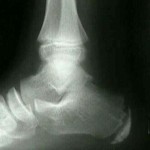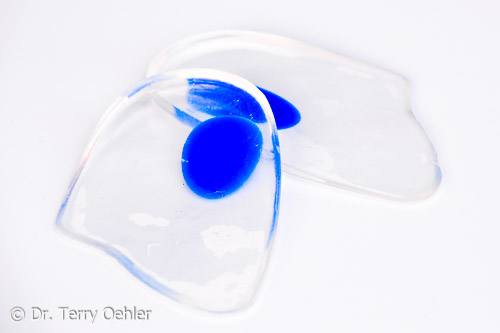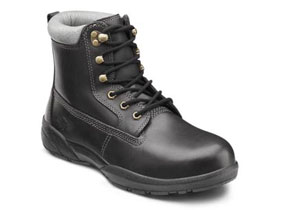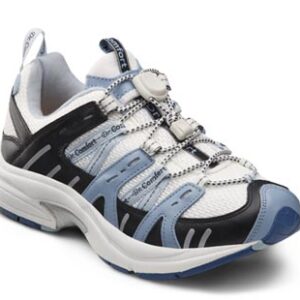
Sever’s Disease (Apophysitis)
Apophysitis commonly referred to as growing pains in adolescence is caused by inflammation of a growth plate. It commonly affects children and young adults ages 8-14. Different names are given to the condition based on the location of the pain. Apophysitis of the heel is called Severe’s Disease, the front of the lower leg below the knee is called Osgood-Schlatter Disease. These are the most common associated with the lower limb. Sever’s Disease is the most common cause of heel pain in children.
- Osgood-Schlatter Disease
- Sever’s Disease
Symptoms and Treatment
Sever’s Disease is the number one cause of heel pain in children. Pain is localized to the bottom and sides of the heel toward the back of the foot. Pain typically gets worse with an increase in activity and maybe made worse by individuals carrying extra weight. Apophysitis can become more chronic while growth plates are open if activity is not limited during acute phase. Sever’s Disease can have a dull achy pain or a sharp pain, the pain does not radiate or shoot normally. Unfortunately, overweight patients are predisposed to developing apophysitis
Sever’s Disease Treatment
Severe’s Disease treatment requires reduction in activity. Reduction in active on the feet activity is critical in the reduction of acute symptoms, often this can be difficult due to sports or other activities. Heel cups and gel heel cushions can help reduce the repetitive trauma and inflammation of the area around the heel.
Activities can be resumed when the pain subsides.








